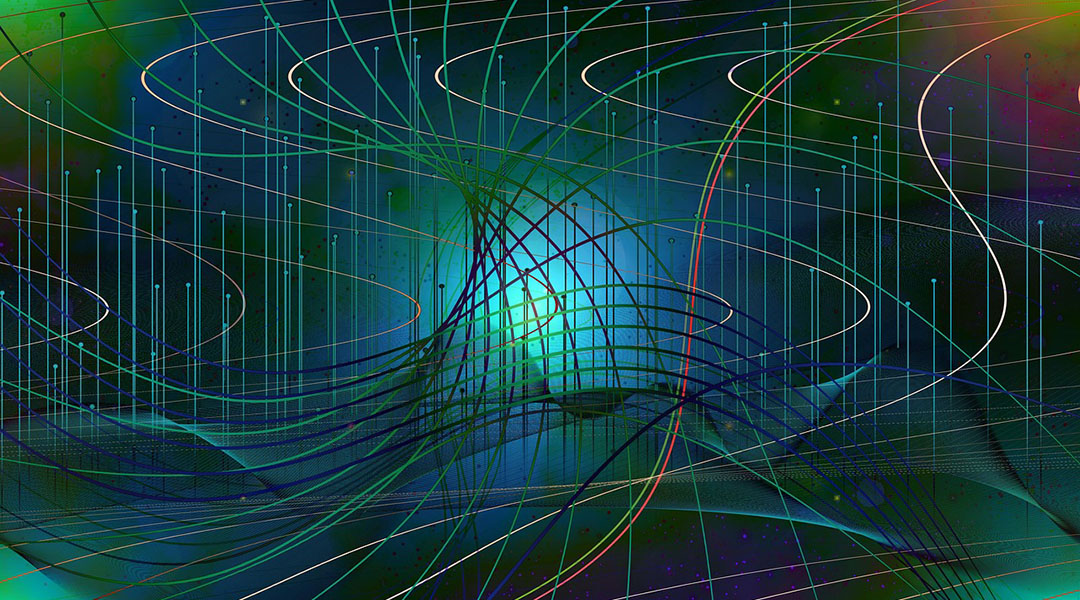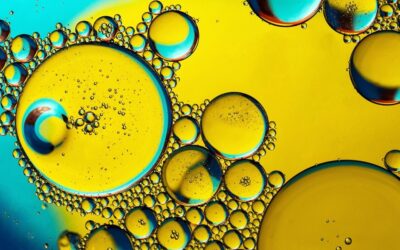What is Magnetic Force Microscopy?
The most general term is scanning probe microscope (SPM), which englobes all the microscopes that use a physical probe to sense the surface of sample. In general, these microscopes have a field of view of about 100 µm and can achieve atomic resolution. Within the SPM systems, those that use van der Waals interactions to sense the surface of the sample are commonly referred as ‘atomic force microscopes’ (AFMs). Inside of the AFM family there are many different modes, which are dedicated to sensing one or more physical properties. For instance, some modes sense the friction, the electric field or the stiffness, some measure the conductivity…
In the case of a standard 2-pass MFM (that’s the technical name), the AFM system uses an oscillating silicon-based probe with a magnetic coating to sense the gradient of a magnetic field (again, this is general: every day new models of probes and variations on the standard imaging mode are suggested – see this very exotic proposal from us using nanostructures built into the probe). The gradient of the field adds to the forces acting on the probe and, as a result, shifts the probe’s oscillation from that of the excitation element.
To simplify: in MFM, what you get are scaled images whose colors represent degrees and are proportional to magnetic field gradients. Because of how MFM images are formed, calibrating them back to quantitative values of the stray field is not straight forward, and usually requires one of two options: using reference samples whose field is known (either by calculations or by measuring using alternative methods), or; by measuring the probe’s stray field with an alternative method and then calculating back the stray field of the sample.
Measuring the Probe’s Stray Field
In the case of measuring the probe, electron microscopy-based techniques are preferred, but sometimes people have also used known fields from micron-sized coils, or magnetic nanostructures whose switching field is known.
When using nanostructures, the idea is that the external field plus the probe’s field is what switches the magnetization; however, because the probe’s field is highly non-uniform, the assumption is not strong enough and only provides a rough estimation of the probe’s field.
When coils are used (and it has been tried several times), the size of the coils affects the results because, with a larger coil, a larger volume of the probe’s magnetic material contributes to the total force. Hence a prior knowledge of the types of samples that are going to be imaged afterwards is needed.
Electron-based techniques, such as differential phase imaging or electron holography, add additional complications. The images produced with those techniques are also not calibrated and, in general, are proportional to the integration of the magnetic field along the electron’s path inside of the microscope, hence are difficult to calibrate. In addition, in MFM, probe degradation is a very big issue and it is required to calibrate the probe before and after each calibrated image. If the calibration protocol includes electron-based imaging, this an additional constraint that increases the cost in terms of time and resources.
Imaging a Sample of Known Magnetization
In the case of using samples of known magnetization (micron-sized coils is an example), the idea is that the magnetization is known and thus, by comparing the phase image with the known magnetization, is possible to obtain the tip transfer function which converts one into the other. This technique, which we follow here, is not new (it was first proposed by Hug et al. in 1998), but it is the most successful because of its ease of use. What we showed in our paper, and what was developed within the NanoMag project, is how to systematically apply the calibration (i.e., a calibration protocol tested and validated many times), its implementation in the open-source software Gwyddion, and some minor tweaks that improve the calibration.
In a sense, our publication was a working example of the standard that has been developed within the NanoMag project: it explains the calibration methods, establishes a protocol, and builds on past experiences of trying to achieve calibrated MFM measurements.
For more comprehensive information and tips on how to perform a proper calibration, check out his important paper ‘Comparison and Validation of Different Magnetic Force Microscopy Calibration Schemes’ in Small.














